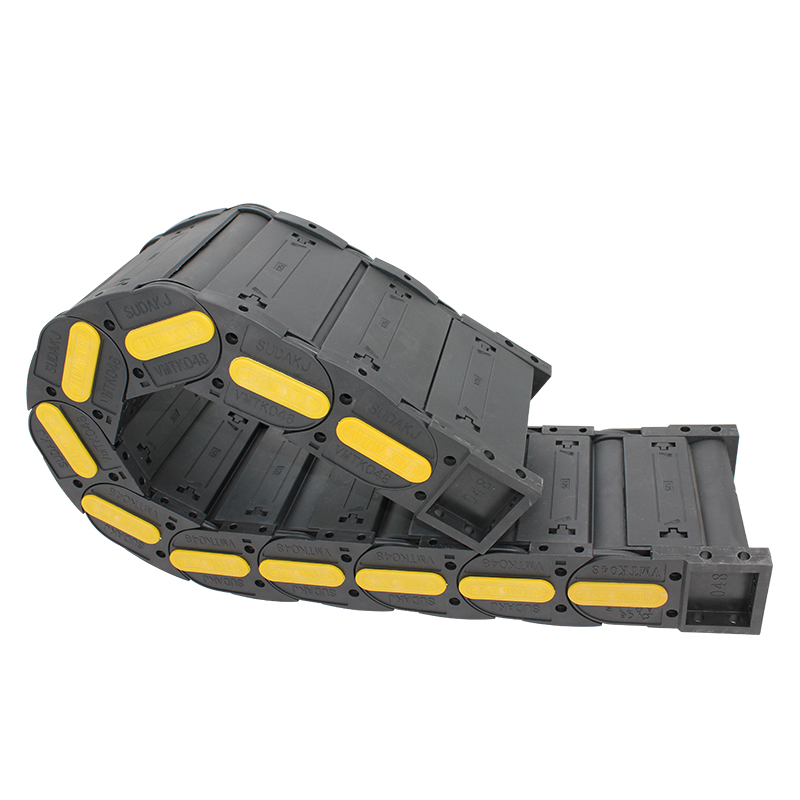Understanding the Basics of Synchronous Drive Systems for Efficient Motion Control
The Evolution and Impact of Synchronous Drive Systems
In the realm of modern engineering and automation, synchronous drive systems stand out as a pivotal technology. This kind of drive mechanism has revolutionized various industries, offering remarkable efficiency and precise control. By examining the principles, advantages, applications, and future prospects of synchronous drives, we can better understand their significance in today’s technological landscape.
Understanding Synchronous Drive Systems
Synchronous drive systems operate on the principle of synchronization between the speed of the motor and the speed of the driven load. Unlike traditional asynchronous systems, where slip occurs between the rotating magnetic fields, synchronous drives maintain a constant speed under varying load conditions. They typically incorporate AC motors or stepper motors, which align their rotations with the frequency of the power supply.
Advantages of Synchronous Drives
One of the most compelling advantages of synchronous drives is their efficiency. They minimize energy losses, which not only reduces operational costs but also leads to a smaller carbon footprint. Additionally, synchronous drives deliver high torque at low speeds and offer precise positioning capabilities, making them ideal for applications requiring high accuracy.
Another significant benefit of synchronous drives is their ability to run in a controlled manner even under varying load conditions. This characteristic is crucial in industries such as manufacturing and robotics, where precision is paramount. Moreover, synchronous systems produce less noise and vibration compared to their asynchronous counterparts, contributing to a more conducive working environment.
Applications of Synchronous Drives
synchronous drive

The versatility of synchronous drive systems allows them to be utilized across a range of applications. In the manufacturing sector, they play a critical role in conveyor systems, automated assembly lines, and robotic arms. The precision offered by these drives enhances production quality and operational efficiency.
In the realm of transportation, synchronous drives are employed in electric and hybrid vehicles, ensuring smooth acceleration and energy efficiency. Furthermore, they are integral in renewable energy systems, particularly in wind turbines and solar tracking systems, facilitating optimal energy generation.
Another burgeoning area of application lies in consumer electronics. Synchronous drives are increasingly used in high-definition printers, robotics, and automated guided vehicles (AGVs) within warehouses, reflecting their adaptability to various technological advancements.
Future Trends and Developments
As technology continues to evolve, synchronous drives are poised to undergo significant advancements. With the rising demand for automation and smart technologies, integration with IoT (Internet of Things) is likely to become more pronounced. This integration will allow for real-time monitoring and control, enhancing operational efficiency and predictive maintenance capabilities.
Additionally, developments in materials and magnetic technologies may lead to lighter and more efficient synchronous motors, resulting in even greater energy savings. The rise of artificial intelligence (AI) in industrial applications could enable smarter algorithms for controlling synchronous drives, optimizing performance and adaptability in real-time environments.
Conclusion
In conclusion, synchronous drive systems have become indispensable in modern engineering, offering unparalleled efficiency, precision, and adaptability. Their applications are vast and varied, spanning numerous industries, from manufacturing to transportation and consumer electronics. As technology progresses, the future of synchronous drives looks promising, with innovations that will further enhance their capabilities and integration into smart systems. Ultimately, the ongoing development of synchronous drives will continue to play a crucial role in shaping a more efficient and automated world, underscoring their importance in the global technological landscape.








